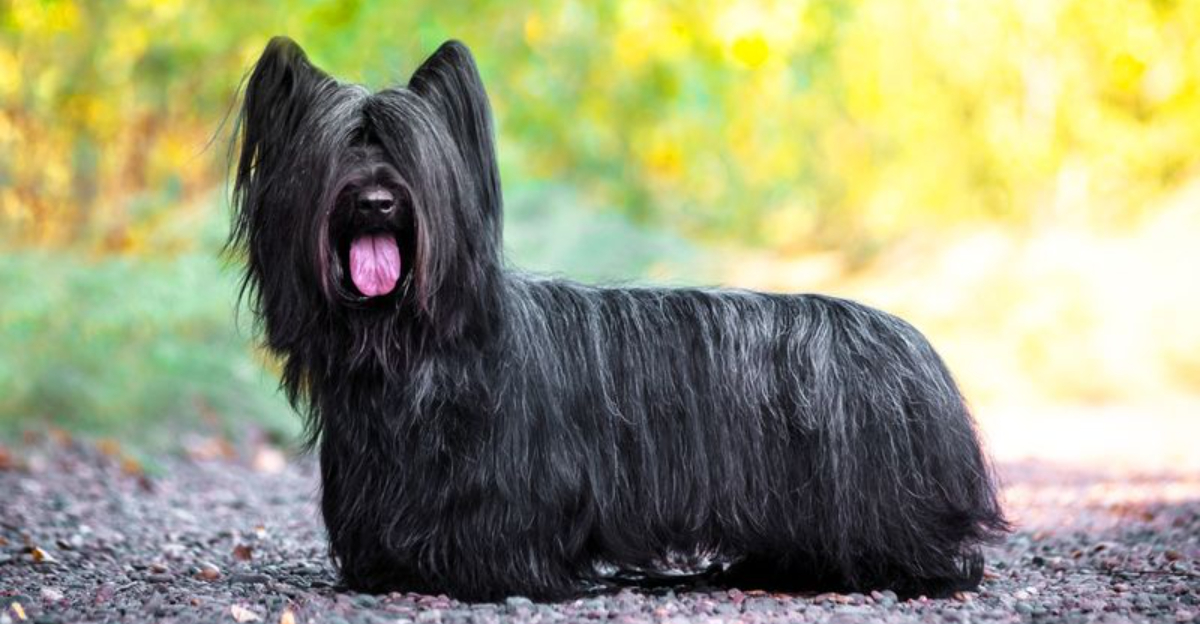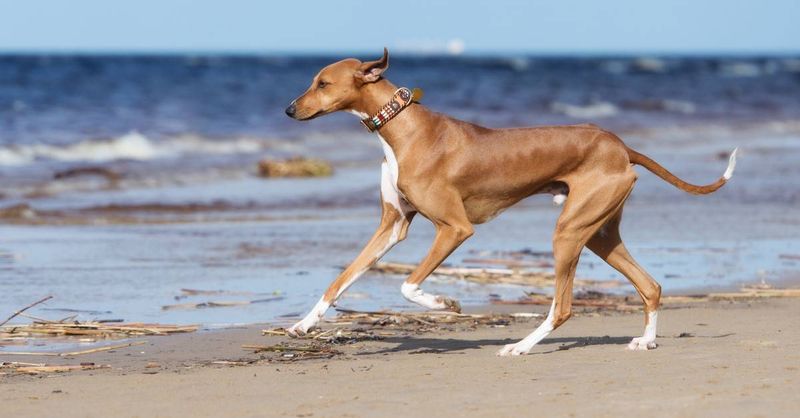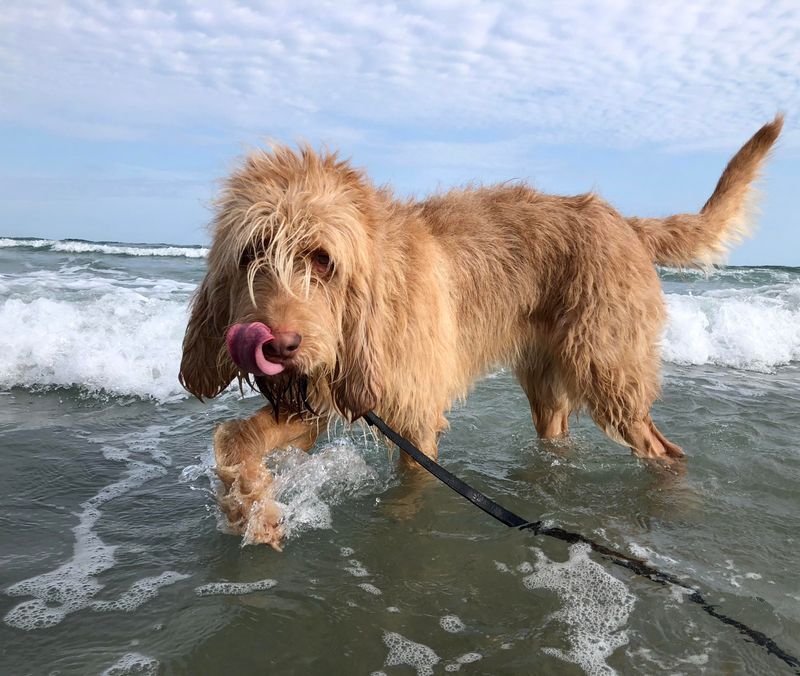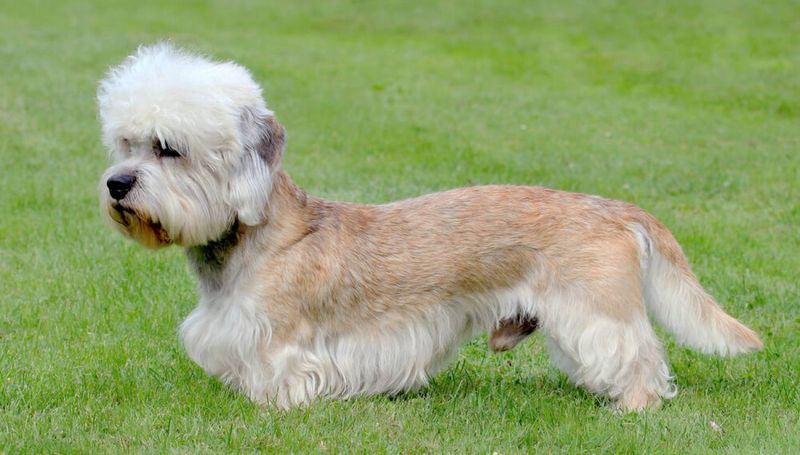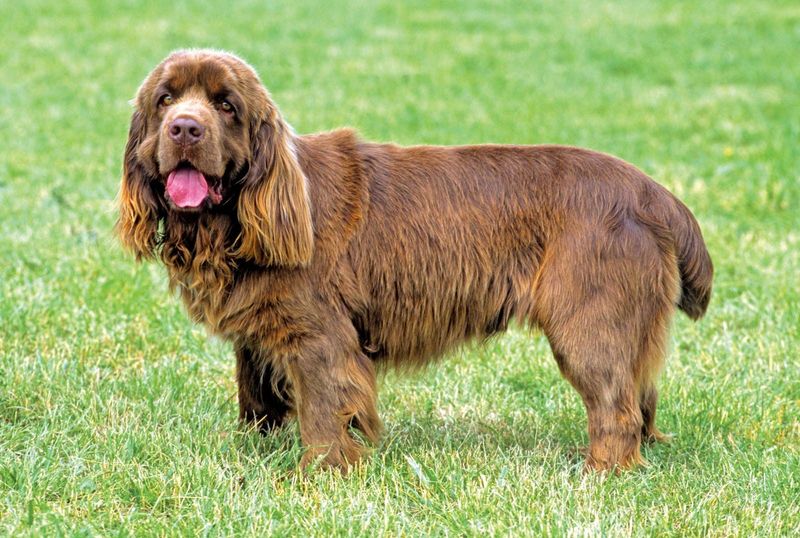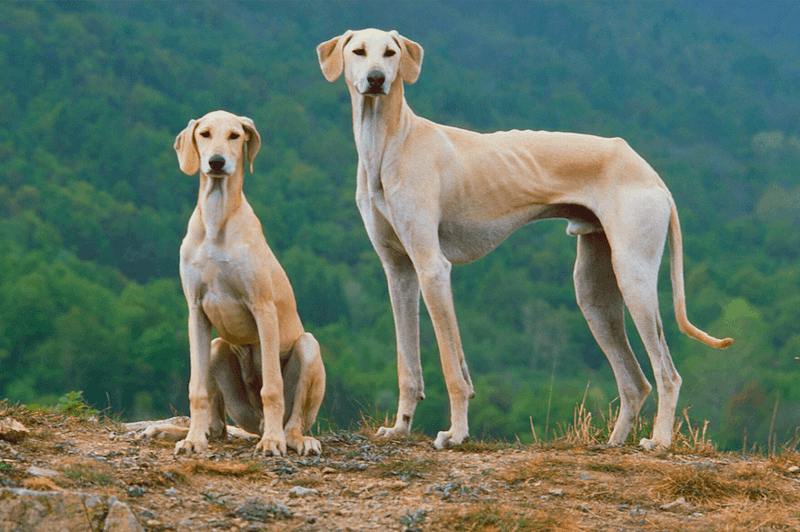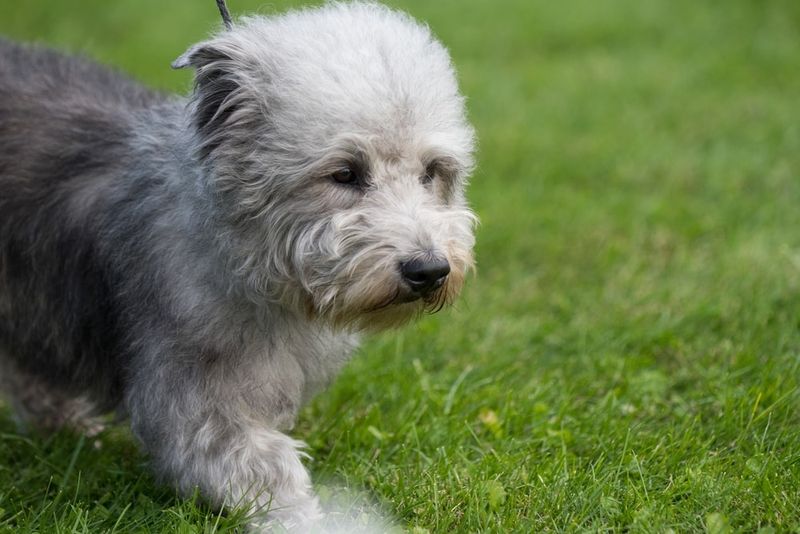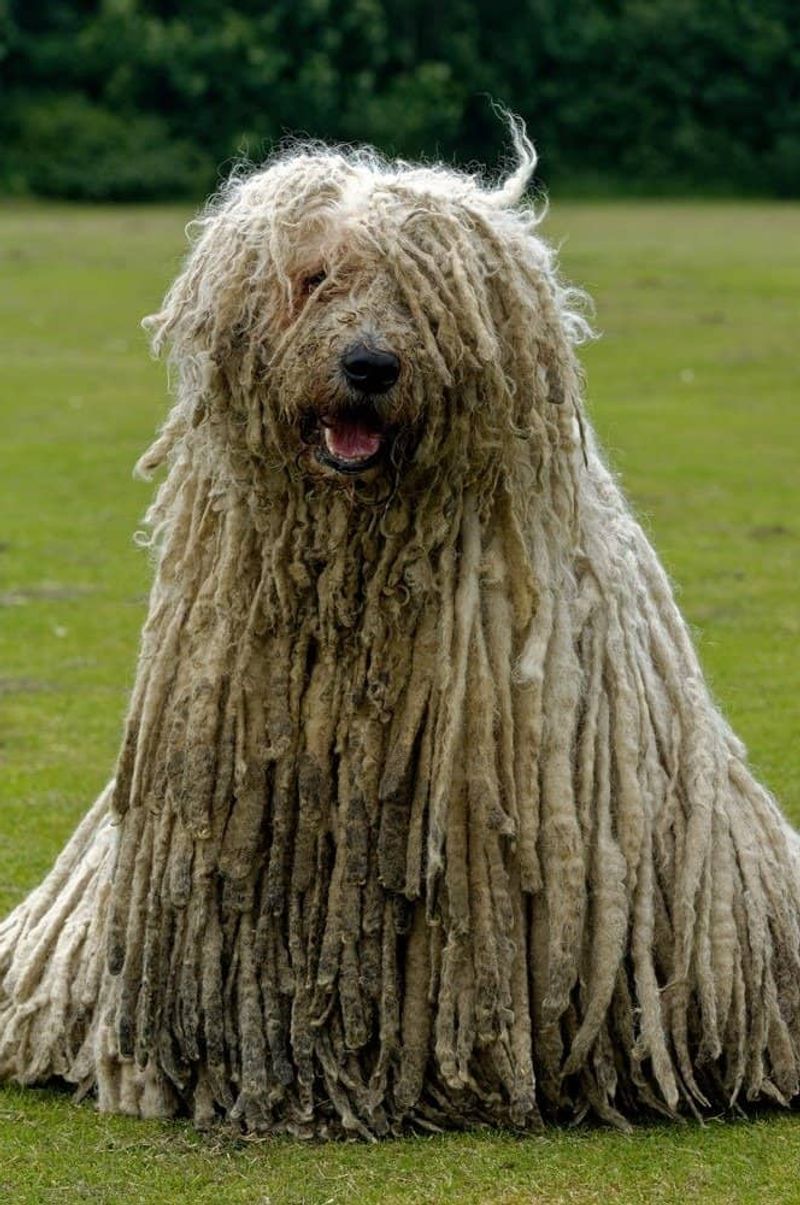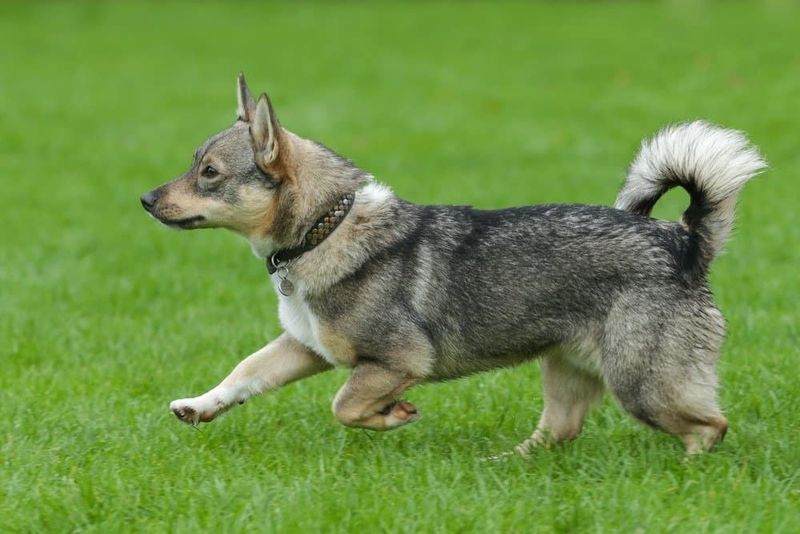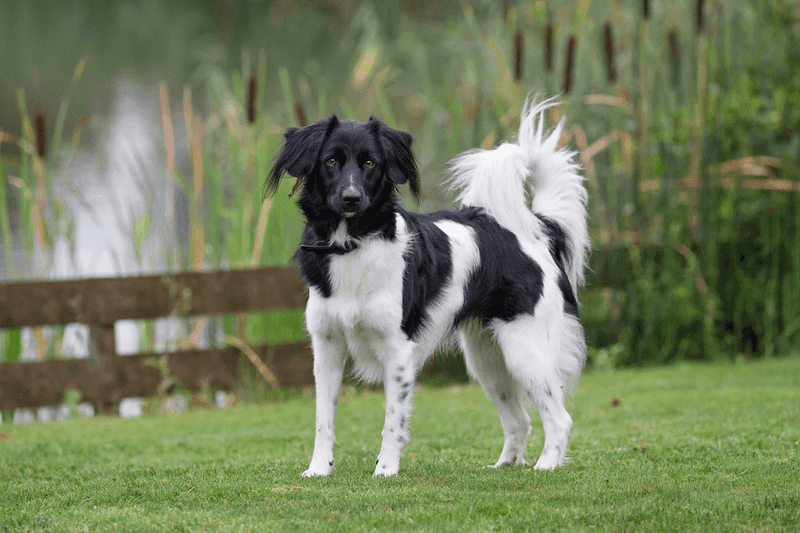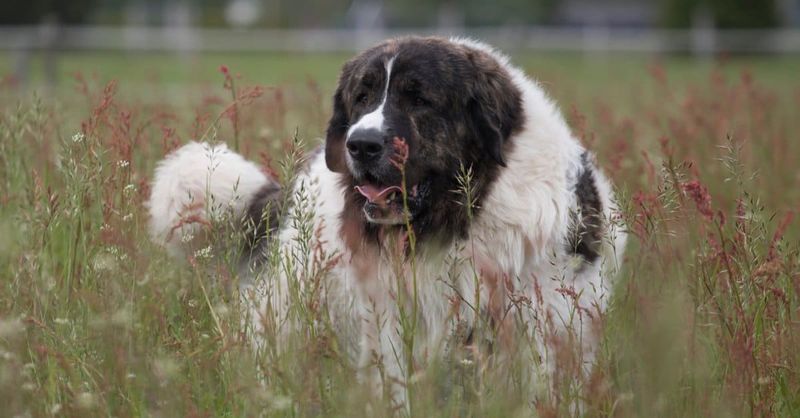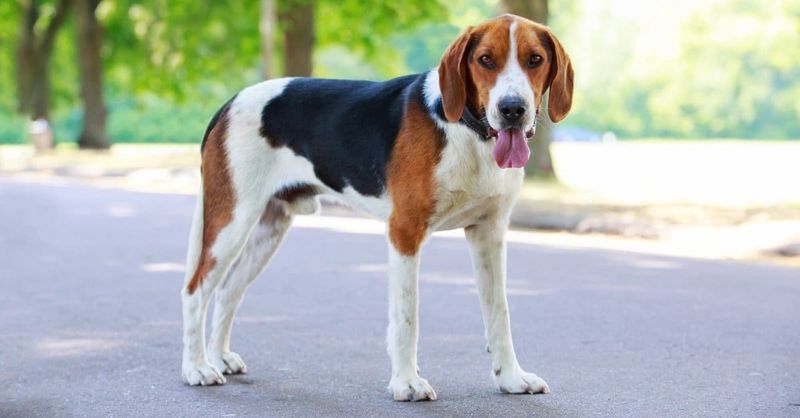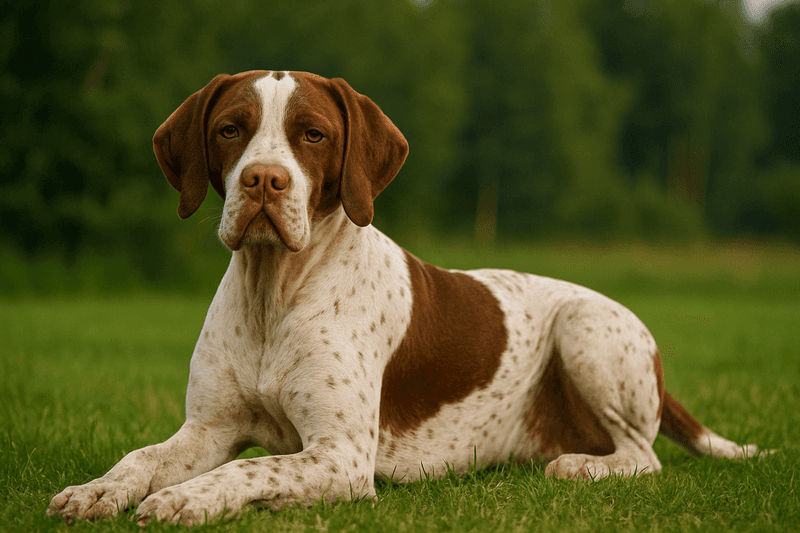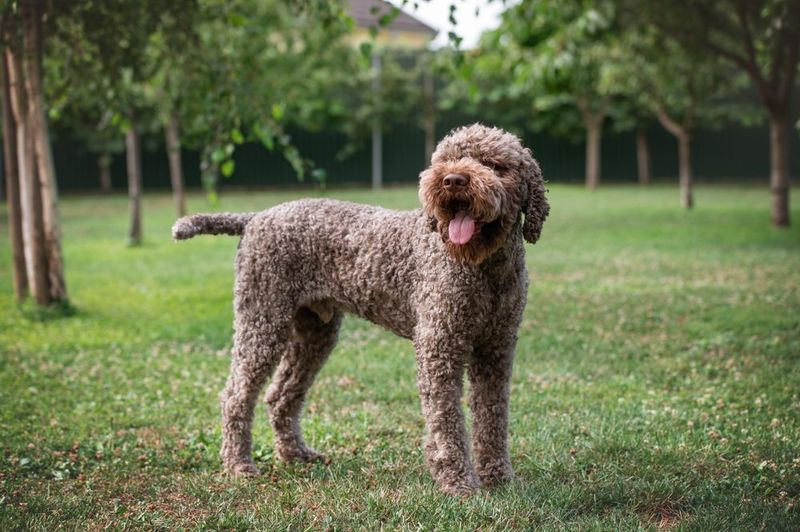In a world where dog breeds are celebrated for their diverse traits and characteristics, some are dangerously close to disappearing forever. Many of these breeds have thrived in specific regions or served unique purposes, yet face dwindling numbers due to changes in lifestyle, environment, and preferences. Each breed carries a rich history and a distinct personality, making their potential loss even more poignant.
Azawakh
With a history rooted in the Sahara, the Azawakh is a breed of elegance and endurance. Their slender physique mirrors the grace of a gazelle, darting across the desert sands.
Once prized for their hunting skills and companionship by the nomadic Tuareg people, these dogs are now rare outside their native lands. Their independent spirit and deep loyalty are unmatched.
Their future hangs in balance, threatened by the loss of traditional lifestyles which relied on them. A hidden gem, the Azawakh’s beauty and history deserve preservation.
Otterhound
Frolicking by the river, the Otterhound’s playful nature shines through its tousled fur. With roots tracing back to medieval England, they were once esteemed for otter hunting.
Their powerful swimming ability and distinct scent-tracking skill made them invaluable to hunters. Despite their rich heritage, their numbers dwindle, overshadowed by modern hunting laws and reduced otter populations.
These cheerful companions carry a legacy of aquatic prowess and charming disposition. Their survival is a testament to preserving unique canine genetics mixed with a splash of history.
Norwegian Lundehund
High on the rugged cliffs of Norway, the Norwegian Lundehund displays its unique agility and polydactyl feet. This rare breed once hunted puffins in remote islands, a task requiring remarkable flexibility.
Sadly, with the decline in traditional puffin hunting, their numbers have decreased significantly. Their distinct six-toed paws and rotating shoulders are marvels of adaptation.
Protecting the Lundehund means preserving a piece of Norway’s natural and cultural heritage. Their quirky traits are both a curiosity and a reminder of the diverse roles dogs have played through history.
Chinook
In the frosty expanse of Alaska, the Chinook’s robust frame pulls sleds in a dance with the Northern Lights. Developed in the early 20th century, they were the brainchild of explorer Arthur Treadwell Walden.
Chinooks are known for their strength, endurance, and gentle nature, qualities that made them perfect for sled dog races. Yet, their numbers are perilously low, a victim of changing transportation needs.
Preserving the Chinook is a nod to the adventurous spirit and tireless dedication that shaped the snowy landscapes they once traversed.
Dandie Dinmont Terrier
With an aura of Scottish charm, the Dandie Dinmont Terrier traverses the heather-covered hills. Named after a character in Sir Walter Scott’s novel, they carry a legacy of literary fame.
These terriers were once sought after for their skill in hunting otters and badgers, but changes in hunting practices have led to their decline.
Dandies, with their distinctive topknot and playful demeanor, are an embodiment of Scotland’s rugged beauty. Their preservation is a tribute to the vivid history and storytelling that shapes their existence.
Skye Terrier
Gracefully walking the misty Isle of Skye, the Skye Terrier’s flowing coat dances in the wind. Beloved by Queen Victoria, this noble breed once graced the halls of British aristocracy.
Skye Terriers were bred for hunting fox and badger, their courage matched only by their loyalty. Today, they’re rarer than the historic ruins they roam.
Their survival story intertwines with Scotland’s cultural tapestry, where legendary dogs like Greyfriars Bobby echo their steadfast devotion. Protecting the Skye Terrier ensures these legends live on.
Sussex Spaniel
In the heart of an English garden, the Sussex Spaniel’s rich, golden coat gleams under the sun. Known for their cheerful demeanor, they were once favorites of rural hunting parties.
These spaniels excel in flushing game, but modern hunting trends have led to their rarity. Their deep, rolling bark and steady nature remain cherished by enthusiasts.
Preserving the Sussex Spaniel means keeping alive a tradition of English countryside hunts and the gentle charm they bring to any household. Their joyful spirit is a balm to the soul.
English Toy Terrier
Amidst the elegance of a Victorian parlor, the English Toy Terrier’s sleek form is a vision of sophistication. Once prized for ratting, these terriers were a staple in 19th-century homes.
Their dainty appearance belies a spirited and tenacious nature, yet their small size has led to a decline in demand. They face extinction due to their niche appeal.
Championing the English Toy Terrier means celebrating a piece of Victorian history and the charm of small yet mighty companions. Their legacy is one of grace and grit intertwined.
Sloughi
In the sweeping Moroccan desert, the Sloughi’s athletic form glides across the sands. Known as the “Arabian Greyhound,” they are symbols of speed and grace.
Traditionally used for hunting game, Sloughis are known for their keen eyesight and swift pursuit. However, changes in traditional hunting practices threaten their existence.
Their preservation is crucial for maintaining a bond between heritage and the natural landscapes they roam. The Sloughi’s elegance is a reminder of a time when speed and sight meant survival.
Glen of Imaal Terrier
In the heart of Ireland, the Glen of Imaal Terrier digs with gusto, unearthing its spirited roots. Once bred for hunting and clearing vermin, they are rugged yet endearing.
Their tenacity and strength made them perfect for the rural Irish landscapes, but their numbers are now dwindling. The rustic charm of these terriers is a treasure of Celtic canines.
Supporting the Glen means embracing a piece of Ireland’s pastoral history, where dogs were both companions and workers. Their lively disposition is a testament to resilience.
Komondor
Standing shepherd-like in the Hungarian fields, the Komondor’s corded coat drapes majestically. Known as the “Hungarian sheepdog,” they are guardians of livestock and legends alike.
Their unique coat provides protection against predators and harsh weather, embodying centuries of pastoral tradition. However, modernization in farming has reduced their necessity.
Preserving the Komondor means honoring a breed that symbolizes rural Hungarian life and the bond between shepherd and dog. These gentle giants are not just relics of the past but protectors of heritage.
Swedish Vallhund
On a sprawling Swedish farm, the Swedish Vallhund’s bark echoes across the fields. These “Viking dogs” have roots tracing back over a millennium.
Bred for herding cattle and guarding homesteads, Vallhunds are versatile and energetic. However, mechanization in agriculture has led to their decline.
The rustic allure of the Vallhund is a bridge to Sweden’s agricultural past and the camaraderie between farmers and their dogs. Their lively spirit and historic roots deserve celebration and conservation.
Stabyhoun
Beside a serene Dutch canal, the Stabyhoun stands proudly, its coat reflecting the calm waters. Originating from Friesland, these dogs are skilled hunters and gentle companions.
Their versatility in hunting, retrieving, and companionship once made them a staple in Dutch households. Yet, their numbers are limited, confined largely to their native region.
Celebrating the Stabyhoun means cherishing a breed that embodies the harmonious blend of Dutch landscapes and family life. Their tranquil presence is a reminder of life’s simple joys.
Pyrenean Mastiff
Majestic and stoic, the Pyrenean Mastiff commands respect in the Spanish Pyrenees. These gentle giants have a rich history of guarding livestock from predators.
Their imposing stature and calm demeanor make them perfect protectors, yet modernization has lessened their role in pastoral life. Their numbers are now a fraction of what they once were.
Their preservation is a tribute to the rugged beauty and pastoral traditions of the Pyrenees. The Mastiff’s presence is a calming force amidst the wild, symbolizing a time-honored role in shepherding.
American Foxhound
In the dense Virginian woodlands, the American Foxhound’s baying echoes through the morning mist. Once favored by George Washington, these dogs are steeped in American history.
Their keen sense of smell and tireless pursuit made them ideal for fox hunting. However, changes in hunting practices threaten their existence today.
Preserving the American Foxhound means honoring a legacy of colonial hunts and the unique American landscapes they once roamed. Their spirited chase is a dance of tradition and tenacity.
Catalburun
With a nose split as unique as its heritage, the Catalburun explores Turkish olive groves. Known for their tracking abilities, these dogs are rarities even in their homeland.
Their distinctive appearance and hunting skills were honed in the rugged terrains of Turkey. Sadly, their limited gene pool and modern changes pose risks to their survival.
Embracing the Catalburun is an embrace of Turkey’s rich hunting traditions and the quirks that nature offers. Their distinct look is a badge of unique canine evolution.
Lagotto Romagnolo
With a coat as curly as a hedgehog, the Lagotto Romagnolo is more than just a pretty face. Originally from Italy, these dogs have a nose for truffles, making them prized amongst gourmet enthusiasts.
Their history traces back to ancient Romagna, where they’ve been working dogs for centuries. Yet, despite their unique skills, they’ve become endangered.
The Lagotto’s rarity is due to a mix of modern breeding preferences and loss of traditional roles. Their playful energy and keen intelligence make them unforgettable, but their legacy needs preservation.
